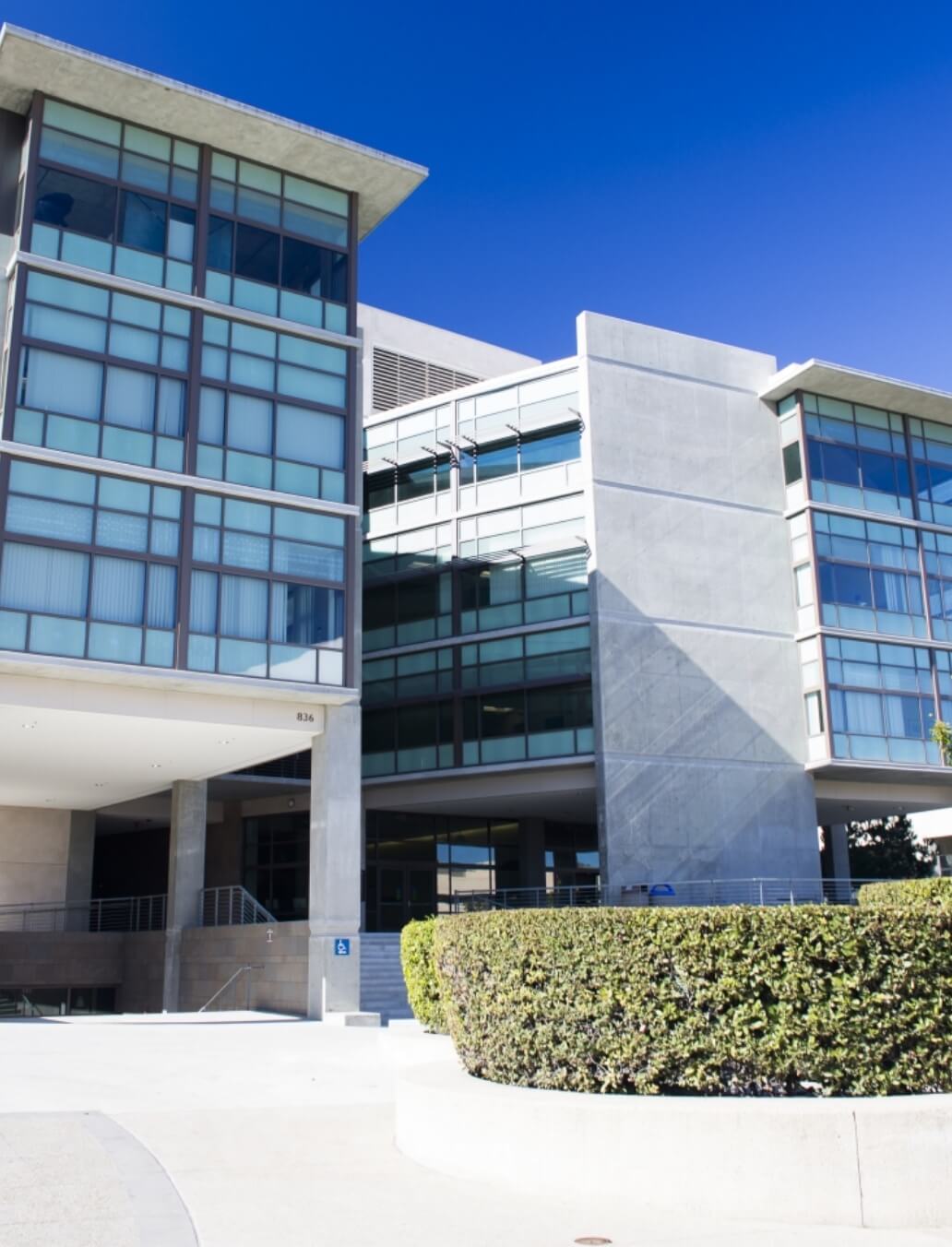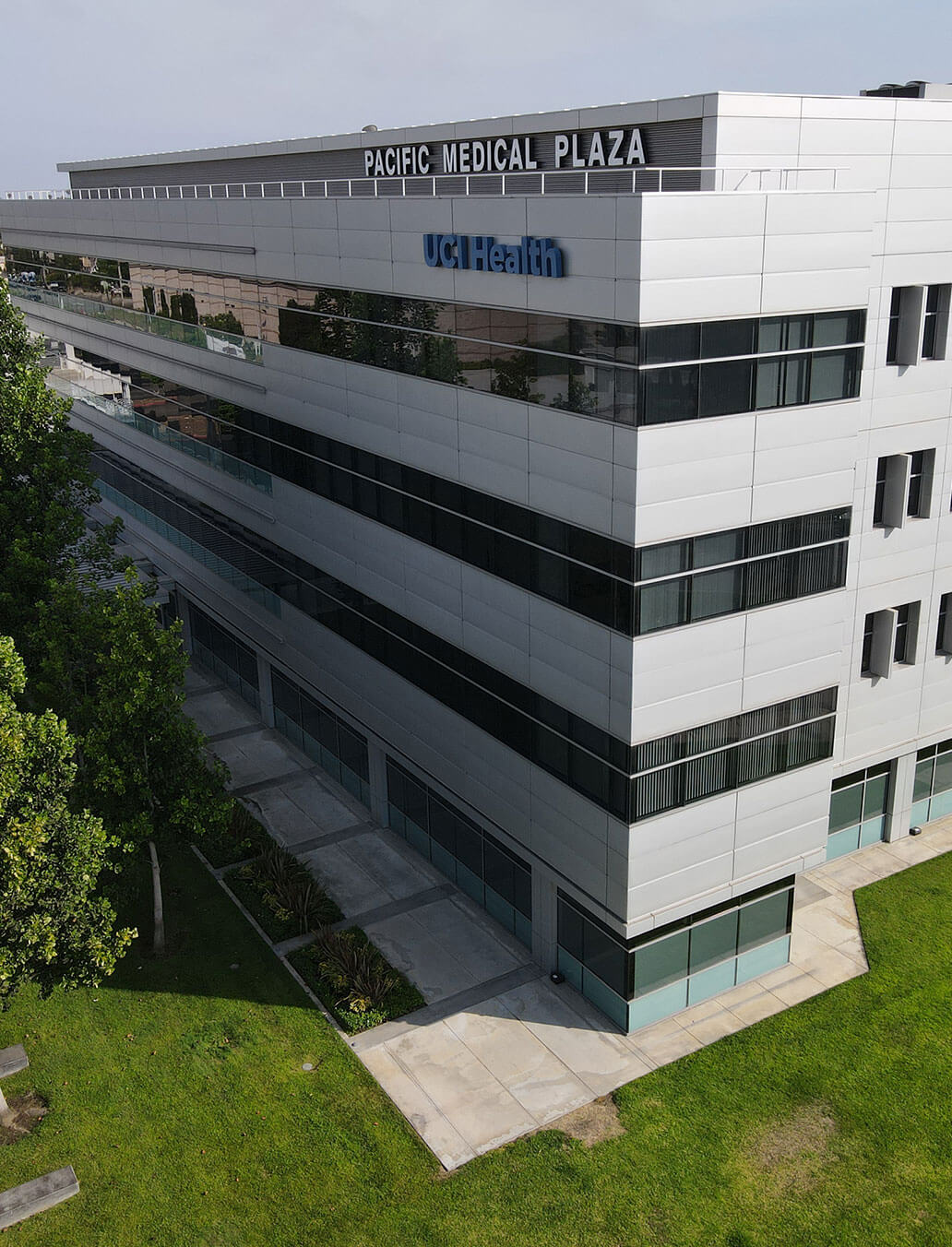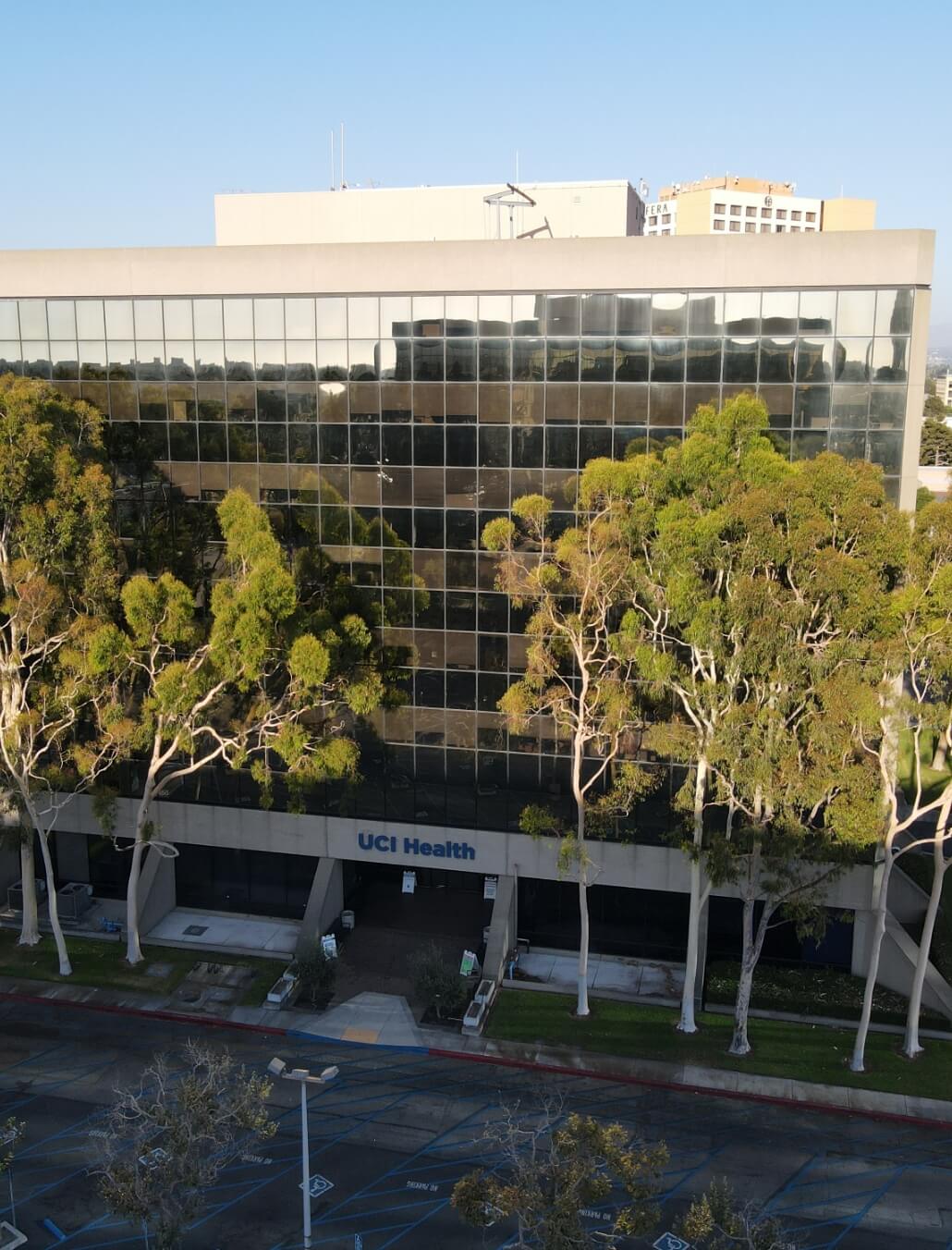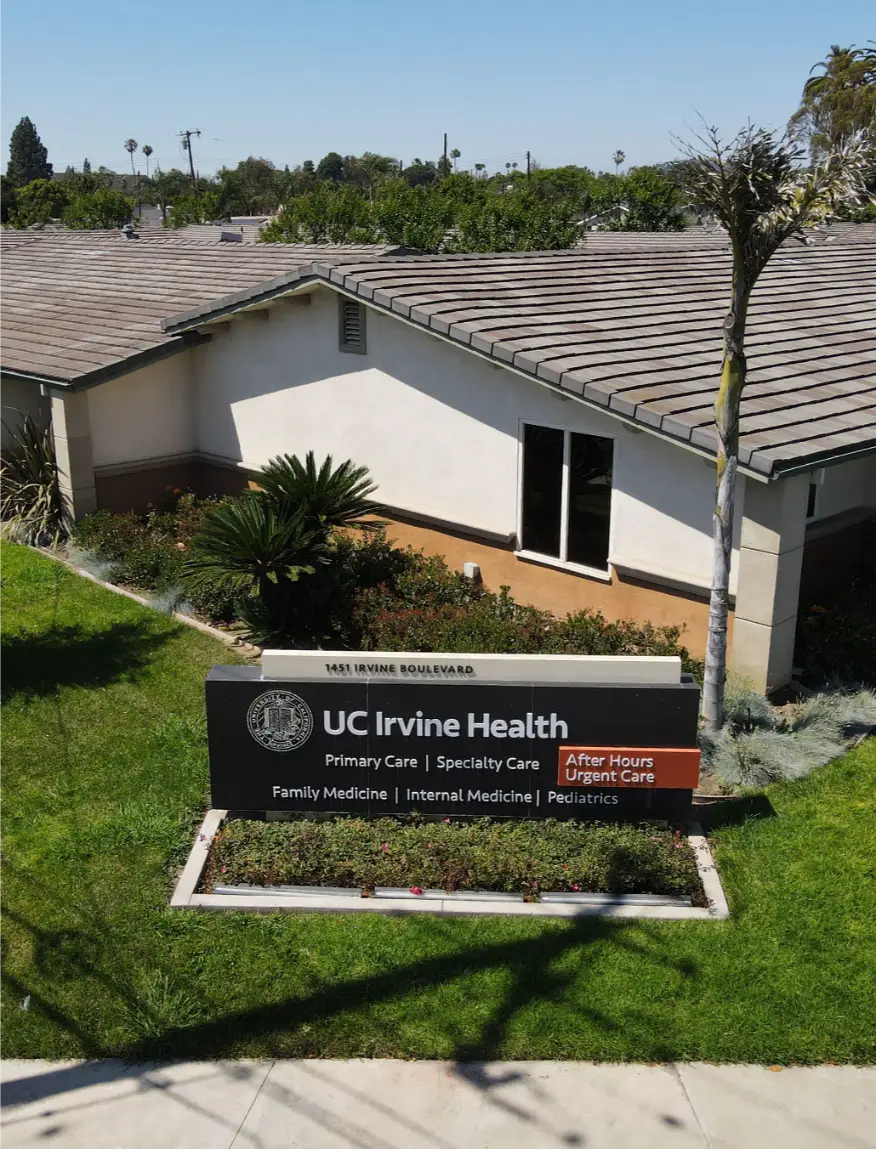Lower Extremity Reconstruction in Orange County, CA
Surgical Treatment of Large Wounds in the Lower Extremity
Schedule Your ConsultationThe multidisciplinary approach using vascular, orthopedic, and plastic surgery to treat large wounds in the lower extremity have allowed restoration of function and limb salvage.
Reconstruction options are now available due to advances in wound care, fracture management, anatomy, microsurgery, and anesthesia.
Reasons for Lower Extremity Reconstruction
The best candidates for lower extremity reconstruction are those who acquire large wounds exposing major structures such as bone, joint, tendon, nerve, and vessels. Causes include:
- Trauma
- Tumor ablation
- Spinal cord injury
- Vascular disease
- Infections
Prior to performing such a surgery, patients are evaluated for the health of the local tissue in addition to the systemic factors in order to make an informed decision about performing a complex operation which may require months of rehabilitation and possible loss of work. These procedures are not available to those who do not have a sensate leg due to major injury involving nerves or in those who have a high energy trauma with mangled extremity in addition to other concomitant system disease or injury.
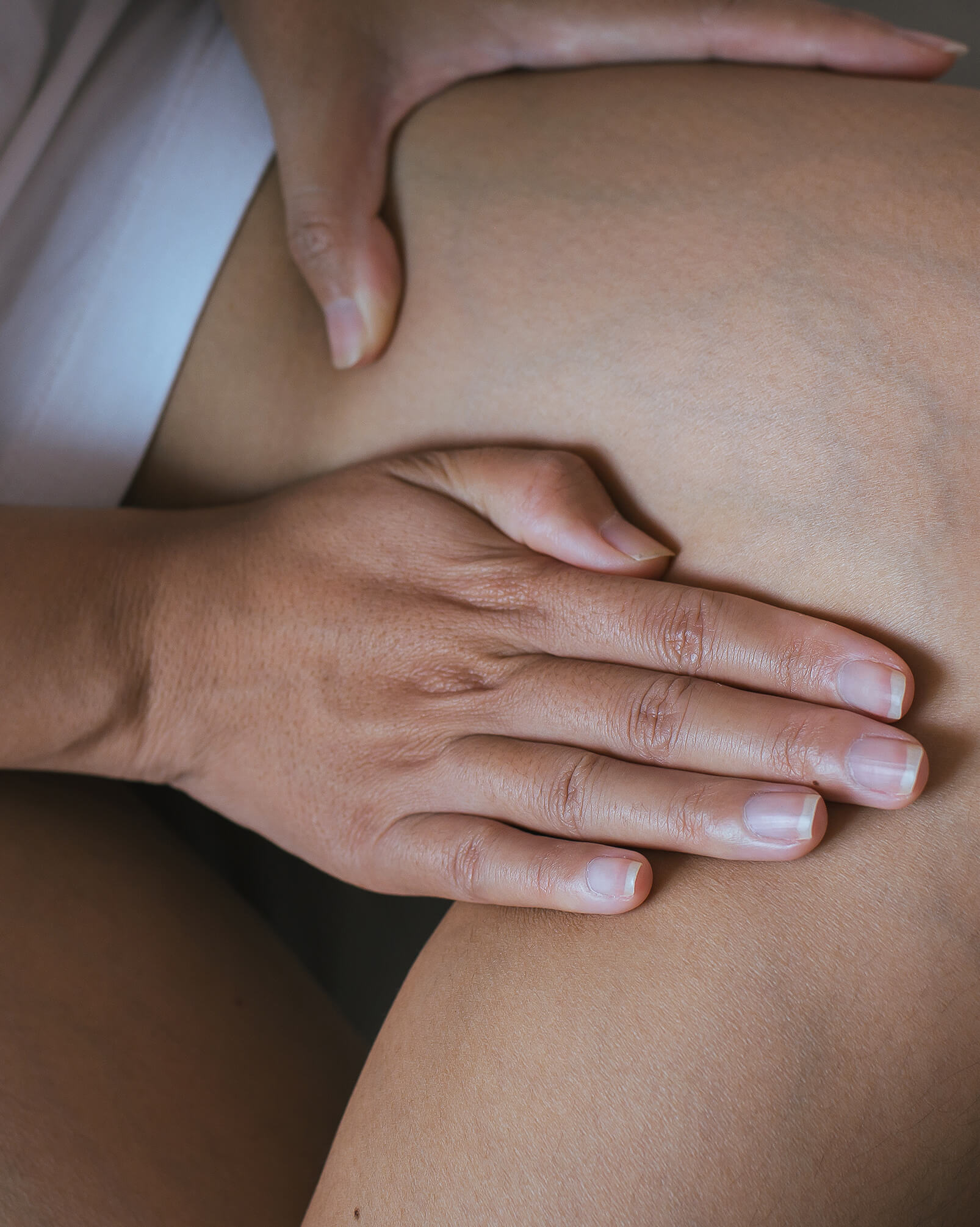
FAQ About Lower Extremity Reconstruction in Orange County
View the following answers to common questions about lower extremity reconstruction at UCI Plastic Surgery.
How does lower extremity reconstruction work?
Lower extremity reconstruction is usually done as an inpatient procedure. The surgery usually takes two to six hours.
Performed under general anesthesia, there are many different types of reconstruction options available depending on the individual need. Reconstruction options range from simple closure to skin grafting (using a strip of skin from your thigh to cover open soft tissue) to rearrangement of soft tissue to close over open deep skeletal tissue. For larger defects, a more complex option involves tissue transfer using microsurgery to connect blood vessels. This will provide robust tissue to help in the delivery of oxygen, blood, and antibacterial medications.
Other options for reconstruction include vacuum-assisted-closure and tissue expansion prior to closure over a wound. However, these options are not usually the best mode of treatment as they take too much time and are associated with infection or other complications.
How do I prepare for lower extremity reconstruction?
Reconstruction is based on the individual and factors such as the severity of the deformity, injury, and tissue loss, and the expected function from reconstruction versus amputation with a prosthetic device. Also, the time away from work required for rehabilitation, the overall systemic disease, as well as other factors (such as your age) that affect the final outcome will be discussed. The surgeon will examine the site of injury and assess for infection, loss of tissue and the volume needed for its replacement, as well as the zone of injury and the status of the injured blood vessels. You may also be required to have imaging studies prior to an operation.
There is a moderate likelihood for blood transfusion with complex operations, especially those involving different specialties for treatment.
What are the risks of lower extremity reconstruction?
As with any surgery, there is always a possibility of complications, including bleeding, infection or reaction to anesthesia. Some patients may have delayed wound healing; this especially affects those who obese, who smoke or who suffer with diabetes, as well as those who are immuno-compromised from adjunctive irradiation and/or chemotherapy. Increased time for wound healing adds to disability and could possibly lead to loss of reconstructed tissue, to exposed prosthesis, and ultimately lead to an amputation. Immobilization necessary for recovery could lead to blood clots in the veins, leading to possible pulmonary embolism (blood clot in the lungs). Blood thinning medication is given in the post operative period to prevent such events.
The procedure will leave noticeable, permanent scars in both the donor and the recipient sites, along with mismatched tissue that may not have sensation. Depending on the site of the donor tissue, there could be widening of scars and decrease in the function of the donor site, which can be compensated for by the surrounding tissue in the future.
What can I expect during recovery from lower extremity reconstruction?
You will require prolonged bed rest after the operation with a splint or cast to allow healing of skeletal and/or soft tissue repair. Pressure relief measures are important to the newly reconstructed sites, which may or may not have sensation, to prevent future ulceration of the tissue. Small tubes may be placed to drain fluid immediately after the operation which will eventually be removed. You will require daily dressing changes, in addition to close flap monitoring early on. You will feel some pain for the first few days, especially when you move around. Your surgeon will prescribe pain medication. The daily dressing changes will be stopped after two weeks when the superficial tissue has healed. About this time, you will be allowed to get physical therapy and rehabilitation which could be anywhere from range of motion exercises to the joints to getting out of bed and walking with assistance. You may have a gradual protocol from bed to sitting and then to standing position, based on the complexity of your reconstruction. This could take up to six weeks.
Avoid lifting or pushing heavy objects for the first two months as the deeper tissue need this much time for full healing. Return to work is dependent on the severity of the original injury, the complexity of the operation, and the time required for the full healing and rehabilitation process. This could be months to over a year.
Contact Us
To learn more about lower extremity reconstruction in Orange County, please contact the plastic surgery department at UCI Plastic Surgery to inquire about a consultation. We are located in the city of Orange, a short drive for residents of L.A., Anaheim, Santa Ana, Garden Grove and other areas of southern California. We have offices in Orange, Costa Mesa, and Tustin, CA.
